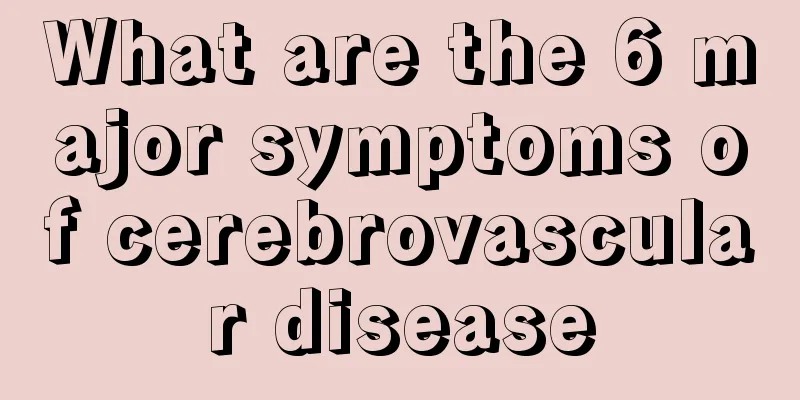Can I drink glucose if I have gastroenteritis?

|
Glucose is a monosaccharide that can replenish human energy. It can provide the body with the energy needed for life activities. When the human body cannot take in energy on its own, drinking glucose or getting an IV drip is the best way to replenish energy. Gastroenteritis can cause loss of appetite, diarrhea, abdominal pain, dizziness, and the food eaten may not be able to maintain the energy needed by the body. So, can people with gastroenteritis drink glucose? The most important thing in treating gastroenteritis is to replenish water and electrolytes. Usually, all that is needed is bed rest and drinking plenty of fluids (such as oral rehydration salts). Even patients who are vomiting should drink as much fluid as possible. Breastfeeding infants should continue to breastfeed. Carbonated drinks, tea, sports drinks, caffeinated drinks and juices are not suitable for rehydration. If vomiting or diarrhea persists or if dehydration is severe, intravenous rehydration may be necessary. So, you can drink glucose. Glucose, an organic compound, has the molecular formula C6H12O6. It is the most widely distributed and important monosaccharide in nature and is a polyhydroxy aldehyde. Pure glucose is a colorless crystal. It tastes sweet but not as sweet as sucrose (most people cannot taste the sweetness). It is easily soluble in water, slightly soluble in ethanol, and insoluble in ether. Natural glucose aqueous solution rotates optically to the right, so it is called "dextrose". Glucose plays an important role in the field of biology. It is the energy source of living cells and an intermediate product of metabolism, that is, the main energy source for organisms. Plants can produce glucose through photosynthesis. It is widely used in candy manufacturing and medical fields. Glucose is widely used clinically to provide the water and calories needed by patients with high fever, dehydration, coma or inability to eat. When a large amount of body fluid is lost, such as vomiting, diarrhea, severe blood loss, etc., 5% to 10% glucose and normal saline can be dripped intravenously to replenish water, salt and sugar. It can also be used for patients with hypoglycemia and drug poisoning. Intravenous drip of 25% to 50% hypertonic solution can dehydrate tissues and cause transient diuresis due to its hyperosmotic effect. It can be used alternately with mannitol to treat cerebral edema, pulmonary edema and reduce intraocular pressure. Intravenous infusion of hypertonic glucose was used to treat hypoglycemia. When used in combination with insulin, it can promote the transfer of potassium into cells and is also one of the treatment measures for hyperkalemia. |
<<: Gastroenteritis Cefprozil Dispersible Tablets
>>: What can I use to wash my hands to kill the bacteria on my hands
Recommend
Will uterine cancer recur after 13 years?
Will uterine cancer recur after 13 years? In five...
The dangers of bloodletting and cupping
In fact, there are many ways of cupping now, and ...
Who are the high-risk groups for prostate cancer?
Prostate cancer is one of the diseases with a hig...
I always feel like my throat is blocked recently
I have been feeling a blockage in my throat latel...
Can blood tests detect drug use?
The harm of drug abuse to individuals, families a...
How to check for colitis and what are the items to check for
Colitis is a common disease and patients may expe...
The best scientific time of the day to maintain health
1. The best time to brush your teeth: 3 minutes a...
What is the first choice of drug for treating scrub typhus
Scrub typhus is an acute disease that is highly c...
Is Blue Light TV Bad for Your Eyes?
Blue light TVs generally do not cause harm to the...
Develop 5 good habits to prevent your body from getting angry
1. Drink more nourishing soup Ladies, when your s...
Can abdominal B-ultrasound detect uterine cancer?
We know that cancer is a malignant tumor disease ...
What is the matter with the white granular protrusions on the tonsils
If there are white millet-like substances on the ...
Can I eat more melon seeds?
There are many delicious and nutritious foods in ...
4 Important Aspects of Bone Cancer Care
Nursing is an important part of medical work and ...
What are the methods for identifying rotavirus
Many parents know that rotavirus has a very obvio...









